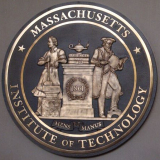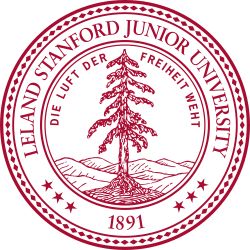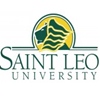Rappahannock Community College is a public community college located in Virginia. Here is a detailed introduction to it:
History and naming
Founding background: In 1969, representatives from 13 counties in Virginia decided to establish a community college. The founding concept of the school originated from the dream of former US President Thomas Jefferson, that is, to allow every resident of Virginia to receive higher education within a day's journey from home. The groundbreaking ceremony was held in 1970.
Origin of naming: The college has two campuses in Glens County and Warsaw County, serving residents on both sides of the Rappahannock River, hence the name Rappahannock Community College.
Geographic location and campus distribution
Main campuses: The college has two main campuses, located in Glens (Gloucester County) and Warsaw (Richmond County), in addition to three off-campus teaching sites in Kilmarnock, King George City, and New Kent County.
Educational services and student groups
Service area: Mainly serves 12 in the Northern Neck and Middle Peninsula area Counties, including King George County, Westmoreland County, Richmond County, Northumberland County, Essex County, Lancaster County, King and Queen County, Gloucester County, Matthews County, Middlesex County, King William County and New Kent County.
Student Composition: The average age of students in the school is 29 years old, of which 40% are under 21 years old, and there are also college students over 60 years old. 60% of students are working and studying.
Courses and Degrees
Degrees: Associate degrees in Arts and Sciences and Associate degrees in Applied Sciences can be awarded.
Certificates: Provide relevant professional certificates and vocational learning certificates, etc. , covering agriculture, food and natural resources, building and construction, business and professional development, communications and information technology, health and safety, personal enrichment, transportation and other fields.
Dual credit courses: We have signed dual credit course agreements with most local high school systems to provide high school students with college-level courses so that they can obtain college credits during high school.
Professional settings
Business and management: majors such as accounting and finance provide students with comprehensive business knowledge and skills, laying the foundation for future employment in retail, finance, consulting and other industries.
Health services: including nursing, medical technology, health science and other majors, trained students can work in hospitals, clinics, home care, rehabilitation centers and other medical institutions.
Computer and information technology: With the development of information technology, majors in this field are also attracting more and more attention from students. Courses include computer programming, network technology, database management, etc., to prepare students for entering the IT industry.
Teaching Features
Flexibility: Provide on-campus courses and distance education courses to meet the learning needs of different students, allowing students to choose the appropriate learning method according to their own time and place.
Practical teaching: Focus on the cultivation of practical ability, through experimental courses, internships, project practice, etc., let students apply theoretical knowledge to practical operations and improve their ability to solve practical problems.
Teaching Staff
The college has a team of experienced and high-level teachers. They not only have solid professional knowledge, but also can provide personalized teaching guidance according to the characteristics and needs of students, helping students to better master knowledge and skills.
Transfer and further study
We have transfer agreements with many four-year universities. After students have completed the corresponding credits and the GPA meets the requirements in community colleges, they can transfer to schools with transfer agreements unconditionally, providing a platform for further study for students who want to enter prestigious schools but do not meet the requirements.
Campus culture and activities
The college has its own mascot Squall (a seagull), rich campus culture and various student activities, such as academic lectures, cultural festivals, sports competitions, etc., which provide students with a broad development space and communication platform, and help cultivate students' comprehensive qualities and team spirit.
Tuition and funding
Tuition: As a public community college, the tuition is relatively low, which reduces the financial burden of students. The specific tuition varies according to majors and courses.
Funding: The school provides students with a variety of financial aid channels, including grants, scholarships, Federal Student Aid Program (FAFSA), etc., to help students pay tuition and other expenses and ensure that students can successfully complete their studies.
-

Harvard University
-

Massachusetts Institute of Technology
-

South University
-

University of West Georgia
-

Stanford University
-

Northwest Nazarene University
-

Hawaii Pacific University
-

Shorter University
-

Nova Southeastern University
-

Saint Leo University
-

Mesoamerican University
-

Istmo University
-

Mariano Galvez University of Guatemala
-

Regional University of Guatemala
-

Galileo University
-

Francisco Marroquín University
-

Rafael Landívar University
-

University of the Valley of Guatemala
-

University of San Carlos of Guatemala
-

Technological Institute of Tlaxcala Plateau
-

Golfo University
-

Technological University of South Sonora
-

Technological University of Huejotzingo
-

Tizimín Institute of Technology
-

Chilpancingo Institute of Technology

